- Antipasti
- Bella Italia
- Dessert
- Drinks
- Favorite Italian recipes
- Main courses
- Pasta
- Pizza
- Side dishes and salad
- Tips & Knowledge
Provolone
Provolone is a cheese from Italy that is not yet as well known as Parmesan or mozzarella, but anyone who has tried it once will want to enjoy it again. Provolone from the Po Valley is known as Provolone Valpadana DOP
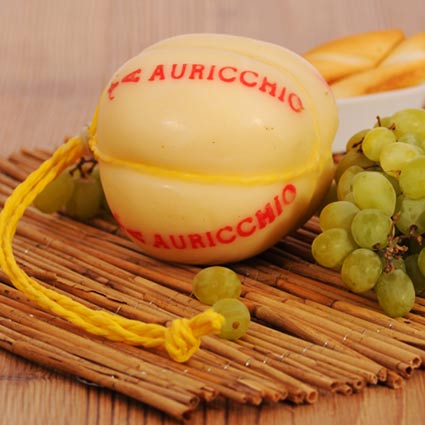
Table of contents
History of Provolone
Provolone is a cheese from Italy that is not yet as well-known as Parmesan or mozzarella, but anyone who has tried it once will want to enjoy it again. Provolone from the Po Valley is protected in its origin and production as Provolone Valpadana DOP. However, it is not actually a northern Italian cheese like Parmesan or Grana Padano. Like many southern Italian cheeses such as mozzarella or caciocavallo, it is produced using the filata method. With the southern Italian people who sought work in the north of the country, this type of production also arrived in the current DOP area.
The shapes of Provolone
In the filata process, hot water is poured over the curd and then kneaded. This creates the characteristic fibrous interior that we know from mozzarella. Unlike mozzarella, however, provolone is not used fresh, but is left to mature for four weeks to three months. Provolone tipo piccante is made using sheep or goat rennet or a mixture. The cheese is produced in different shapes. With a rectangular cross-section, it is called pancetta, while the round varieties are called mandarino, melon or provole. The pear shape is also common, as with caciocavallo. Topolino has a cylindrical shape.
Recipes with provolone
The younger provolone has a mild taste and, if it is made with the cow’s milk and rennet, is also referred to as dolce. The piccante, on the other hand, has a more intense flavor. Provolone can be used as a semi-hard cheese. Due to its stringy texture, it is also suitable as a processed cheese and is therefore used in recipes for gratinating. Try it as an alternative to fontina in a pizzoccheri recipe or for your next lasagne!

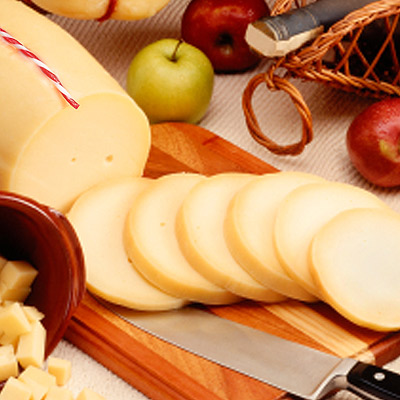
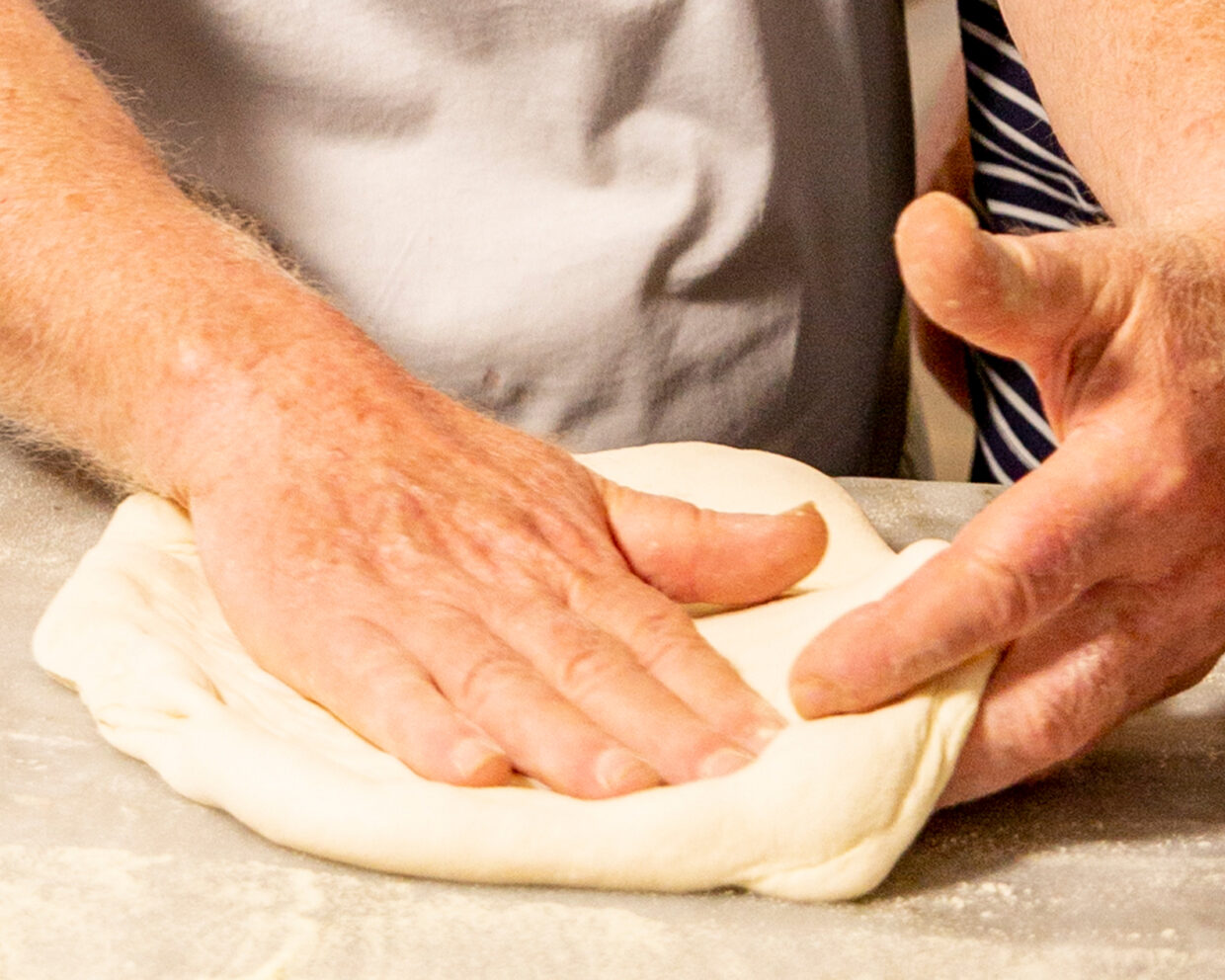
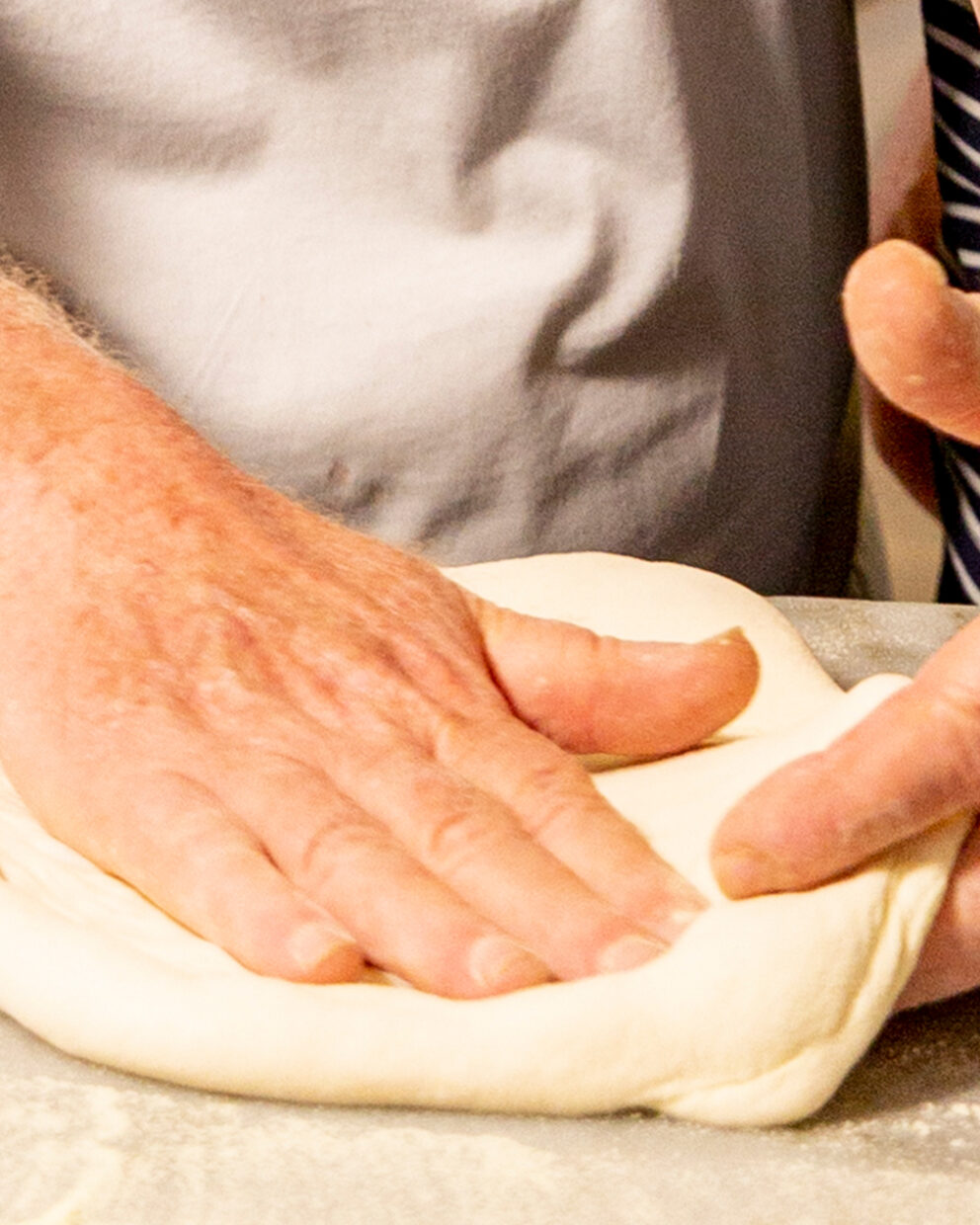
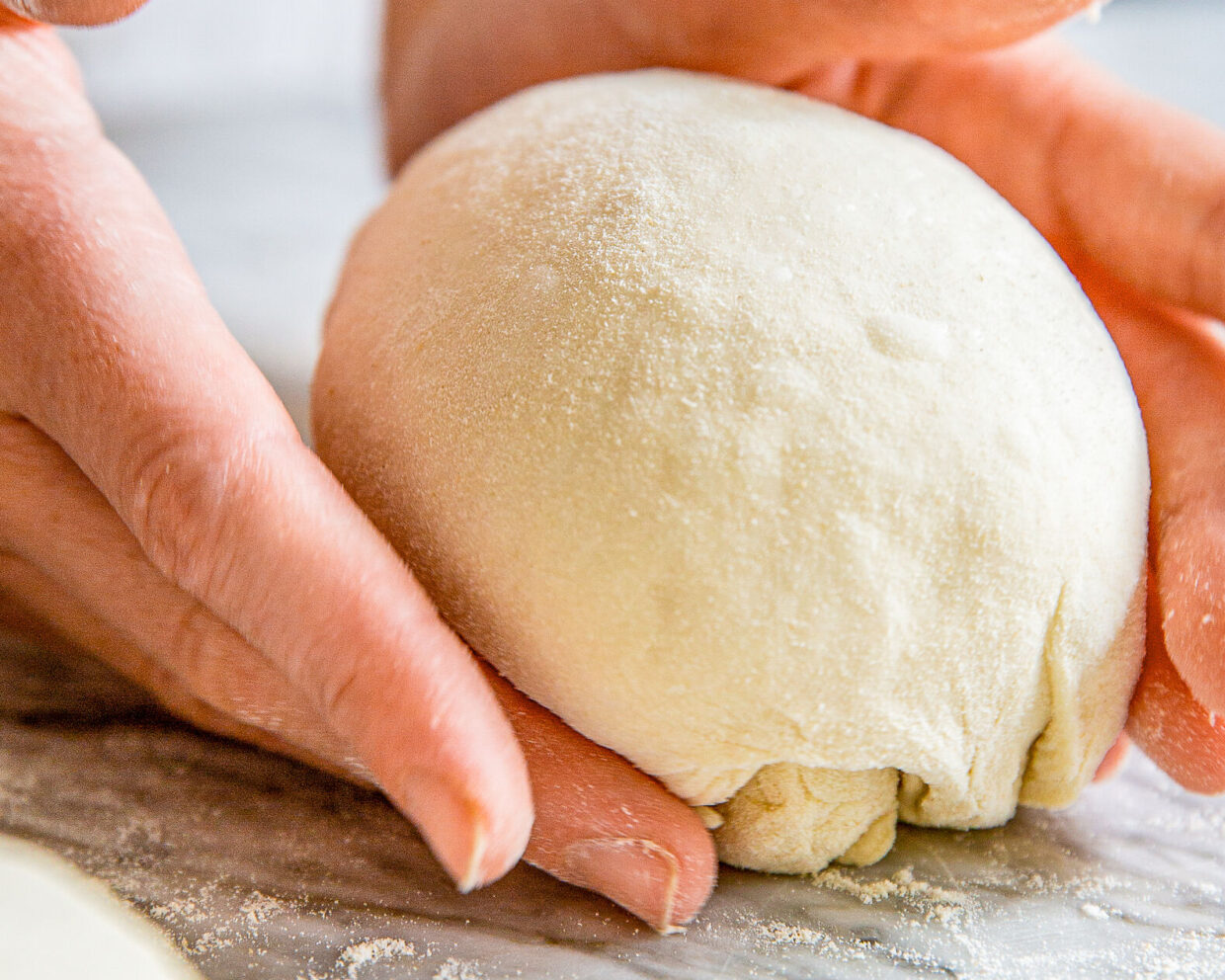
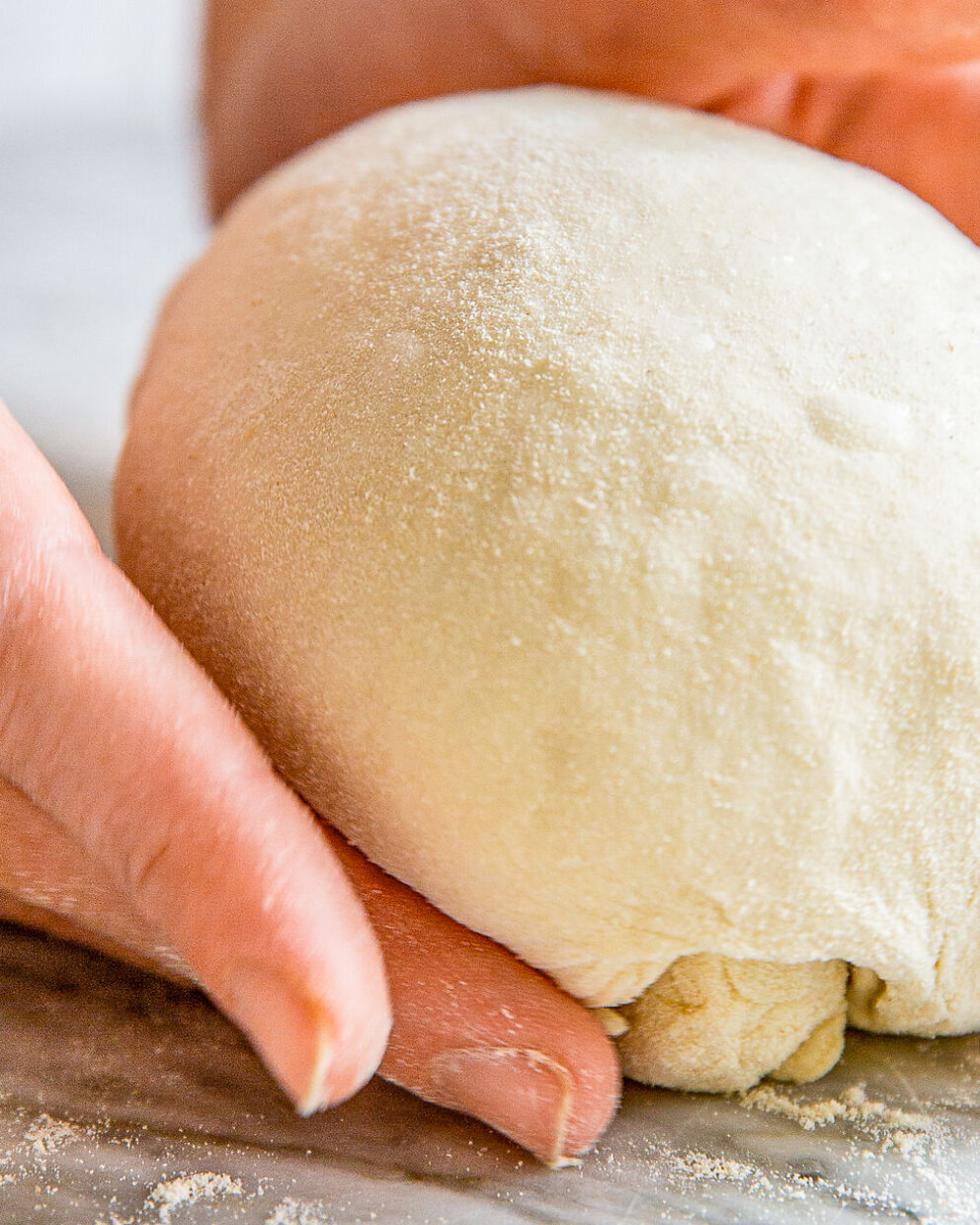
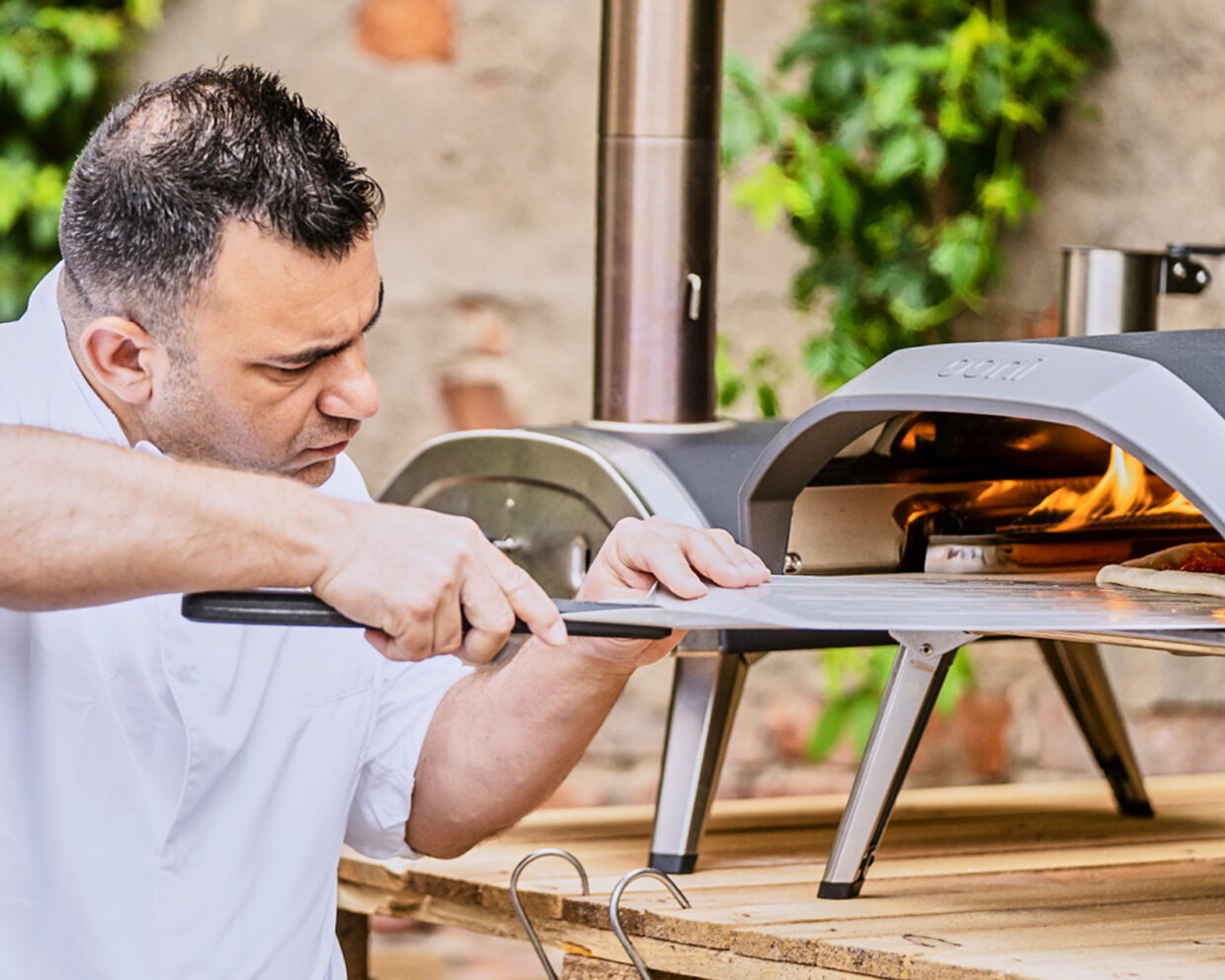
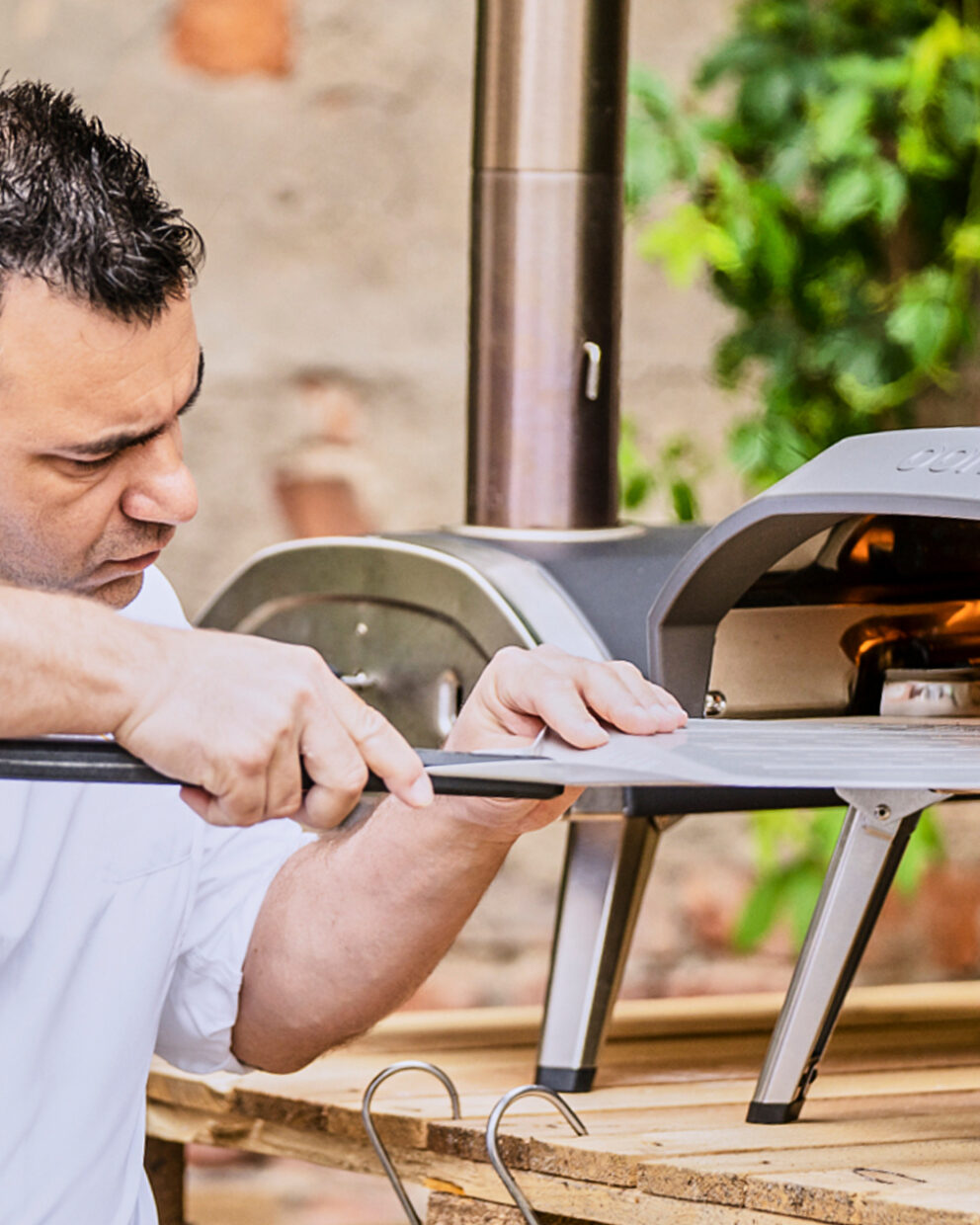


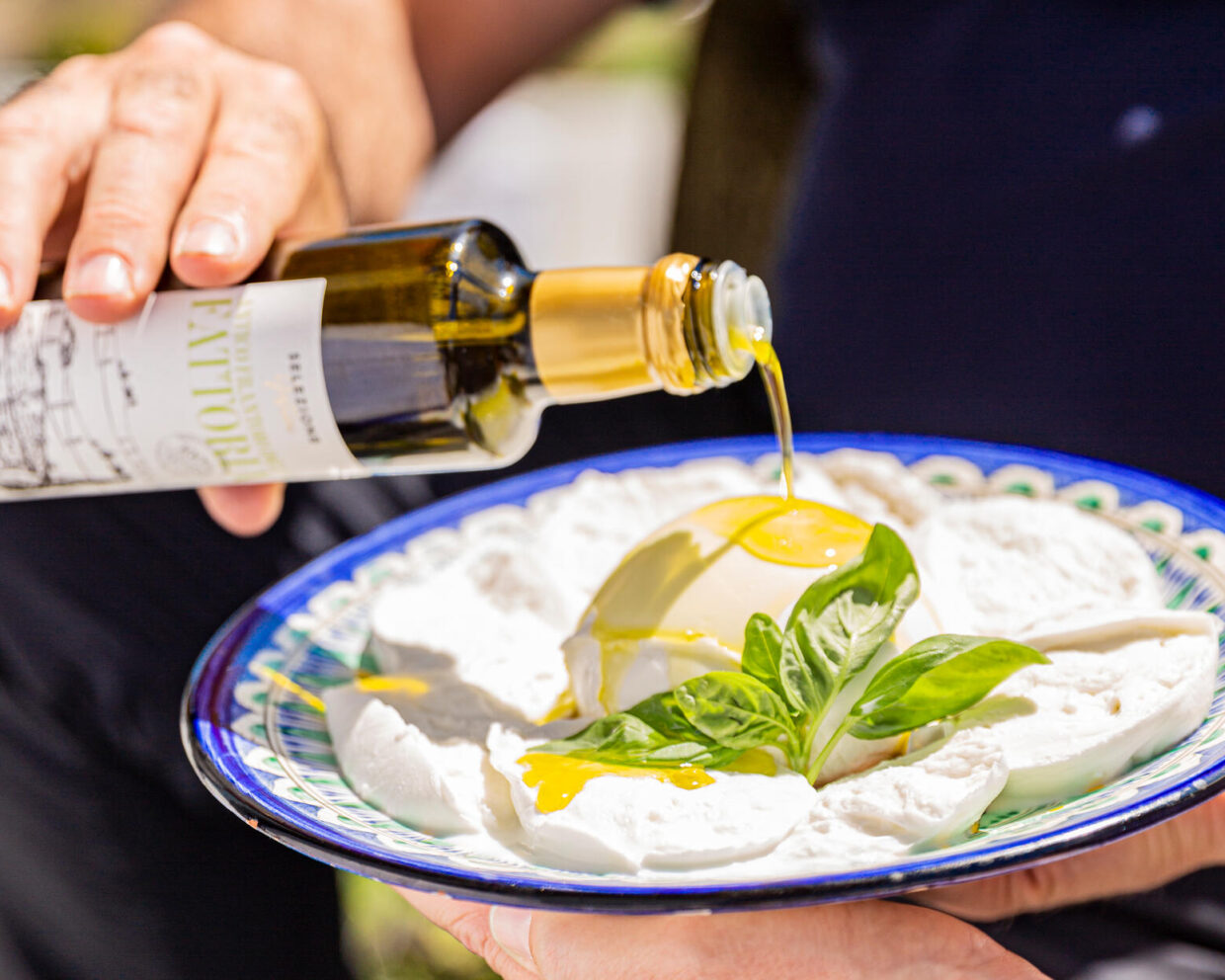
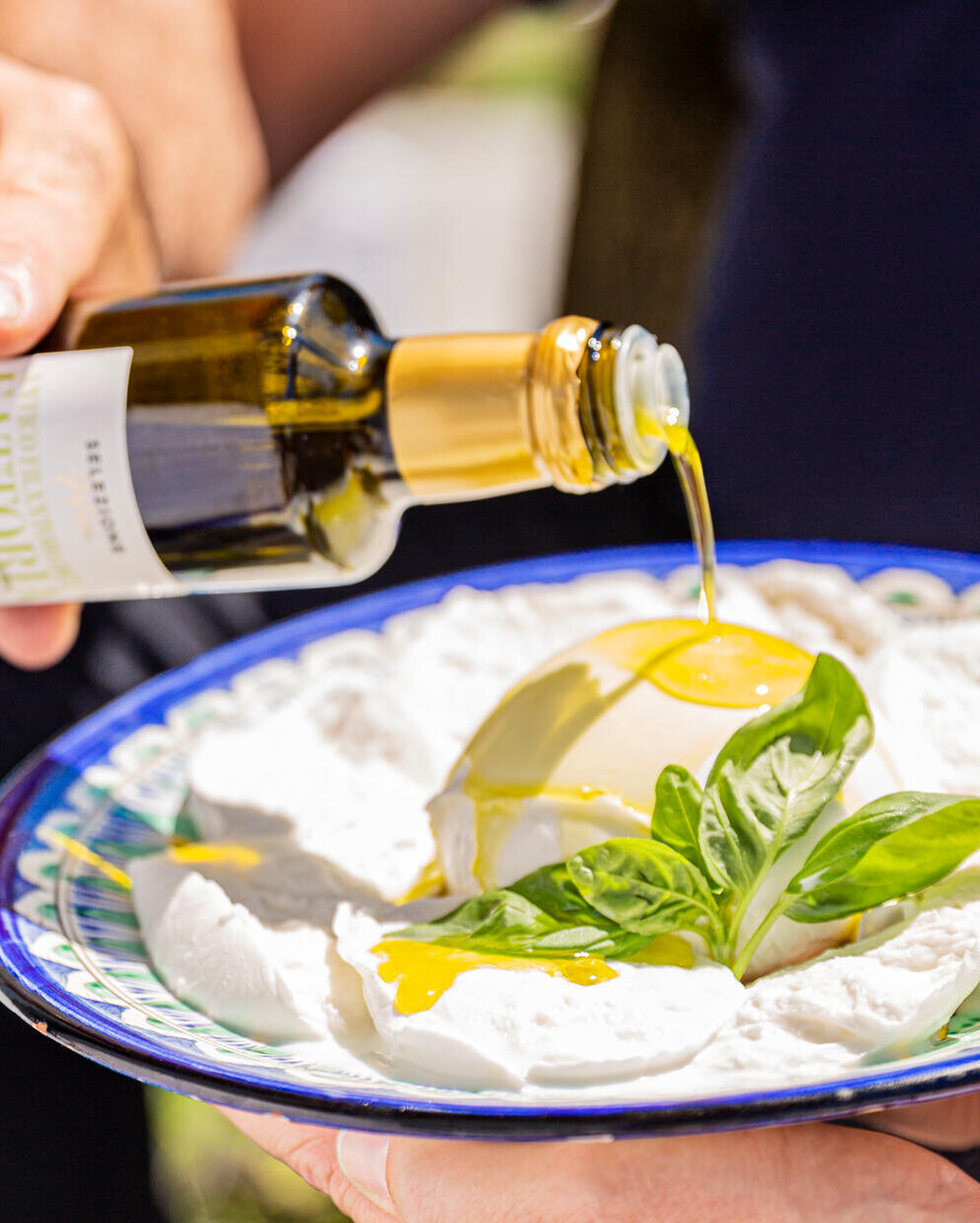


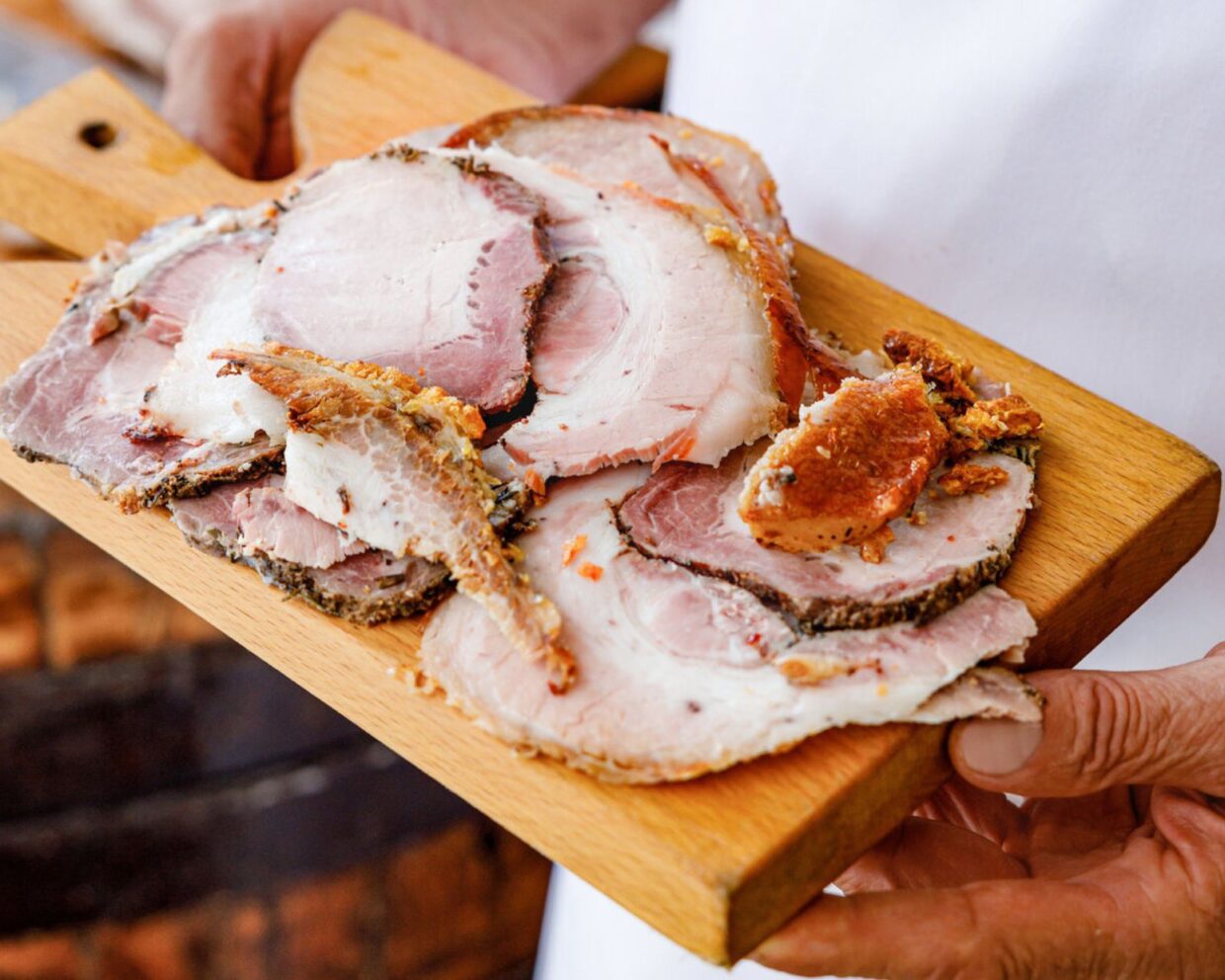
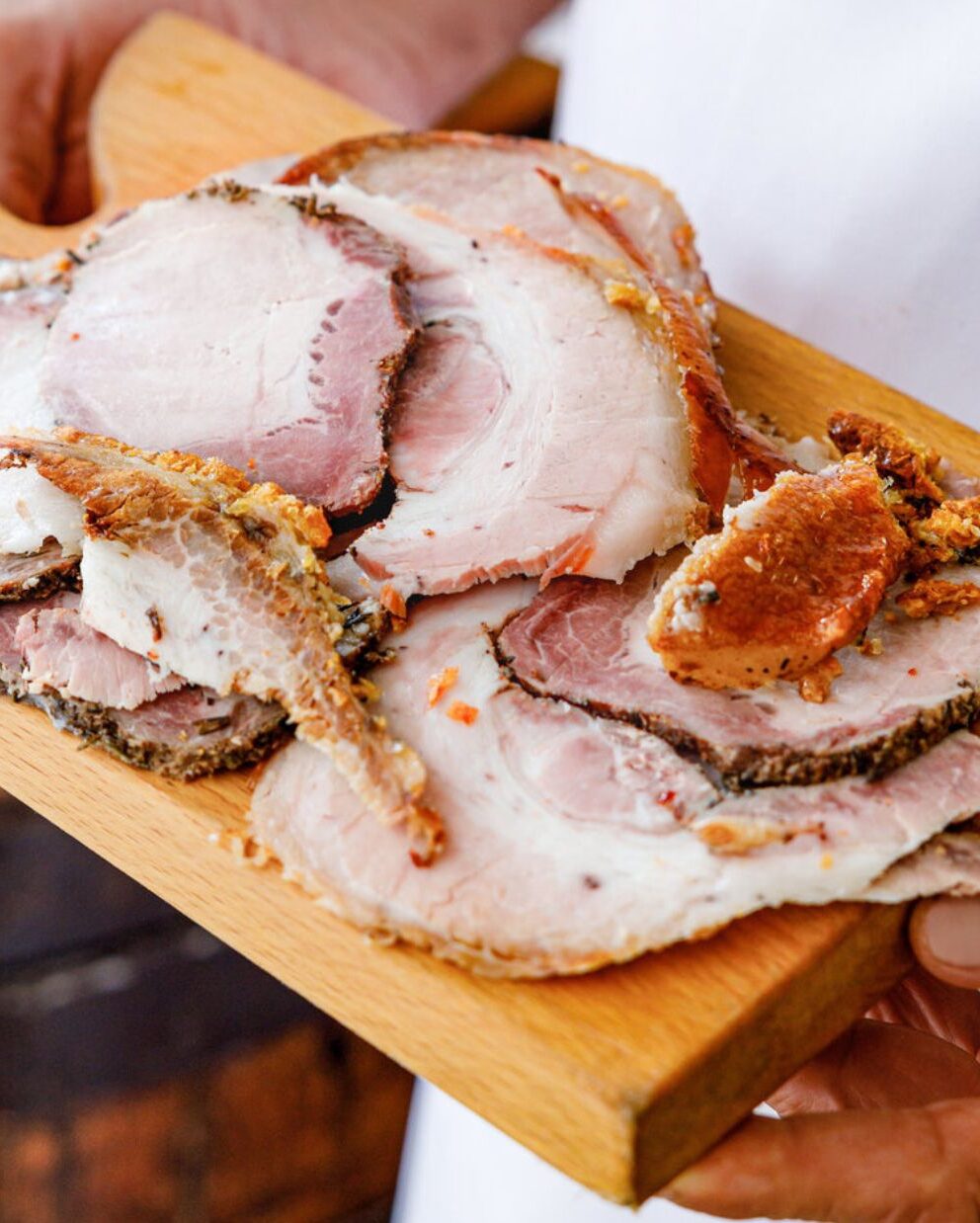



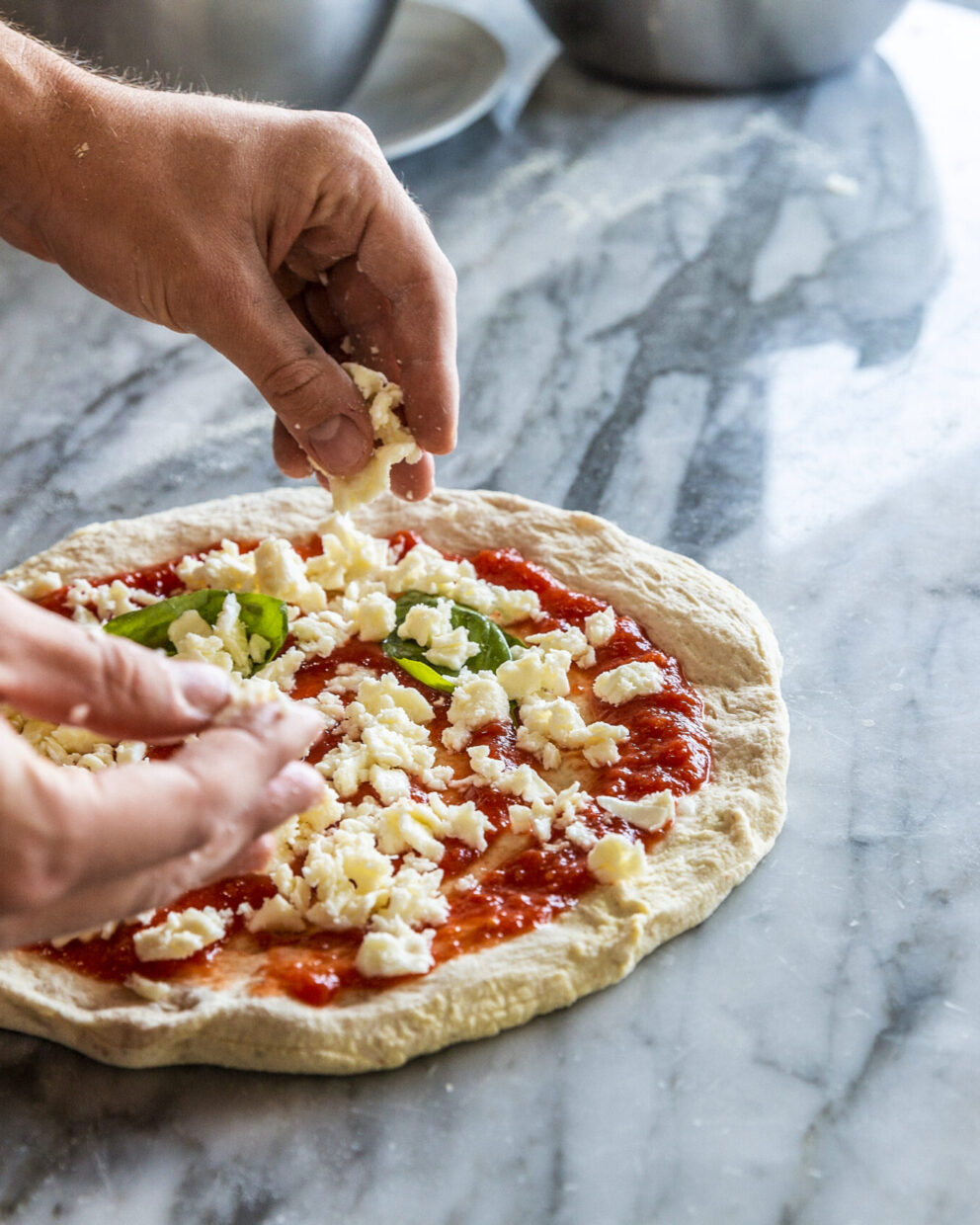


Want to share your thoughts? We're excited to hear what you think of the article. Tell us about your ideas, tips or questions! Leave a comment and share your knowledge with the community. Your opinion counts.
Write a comment